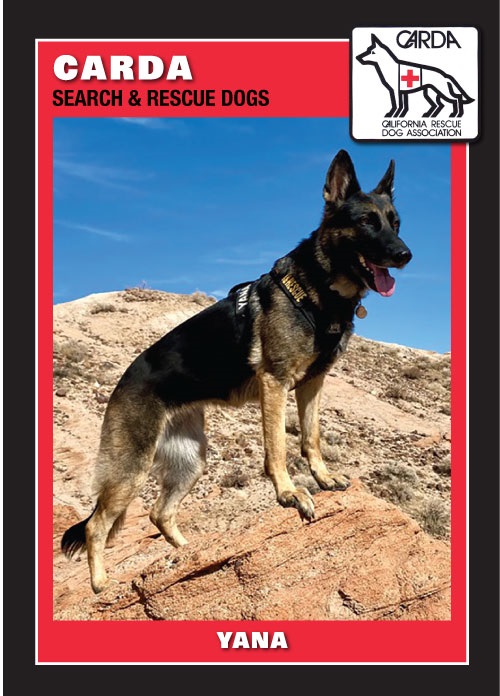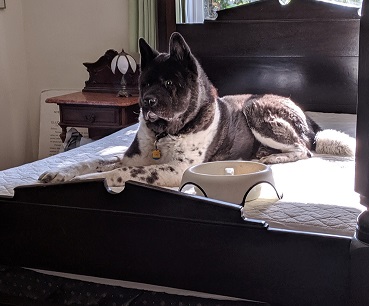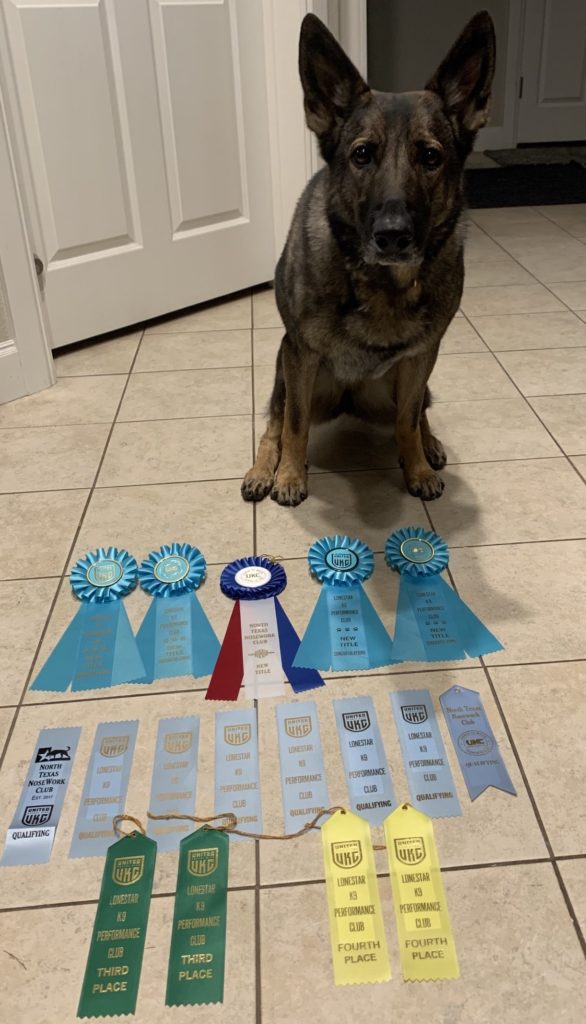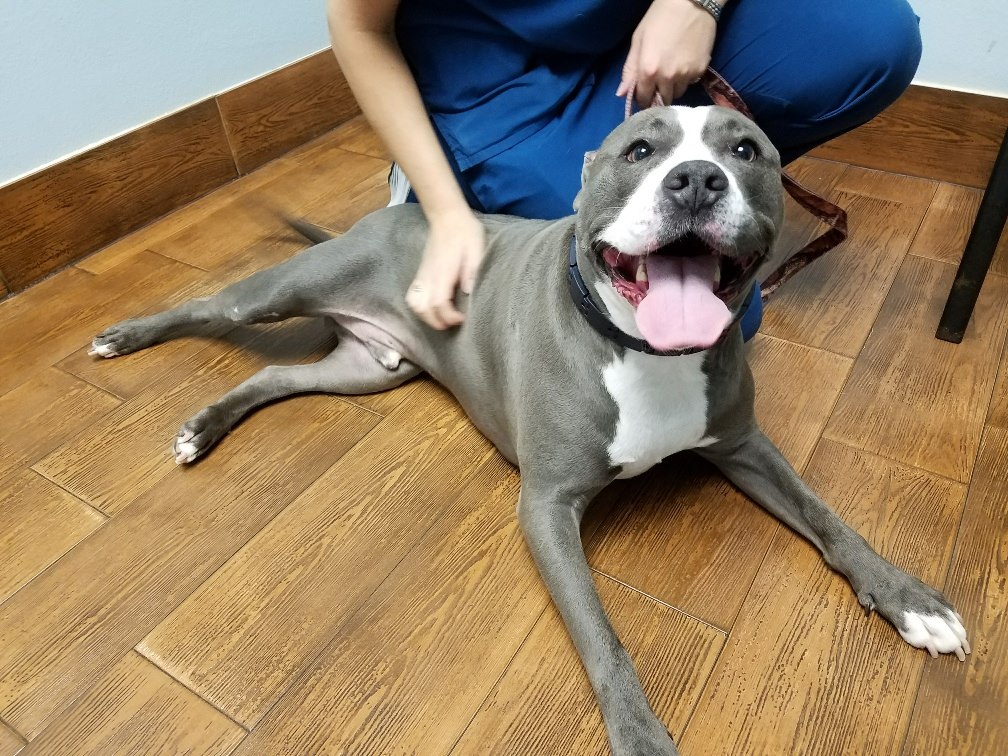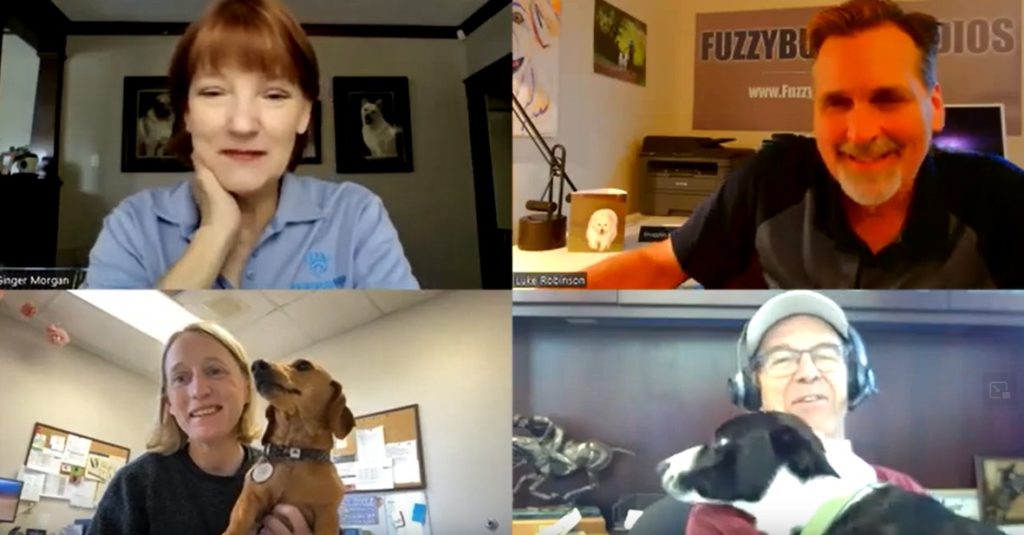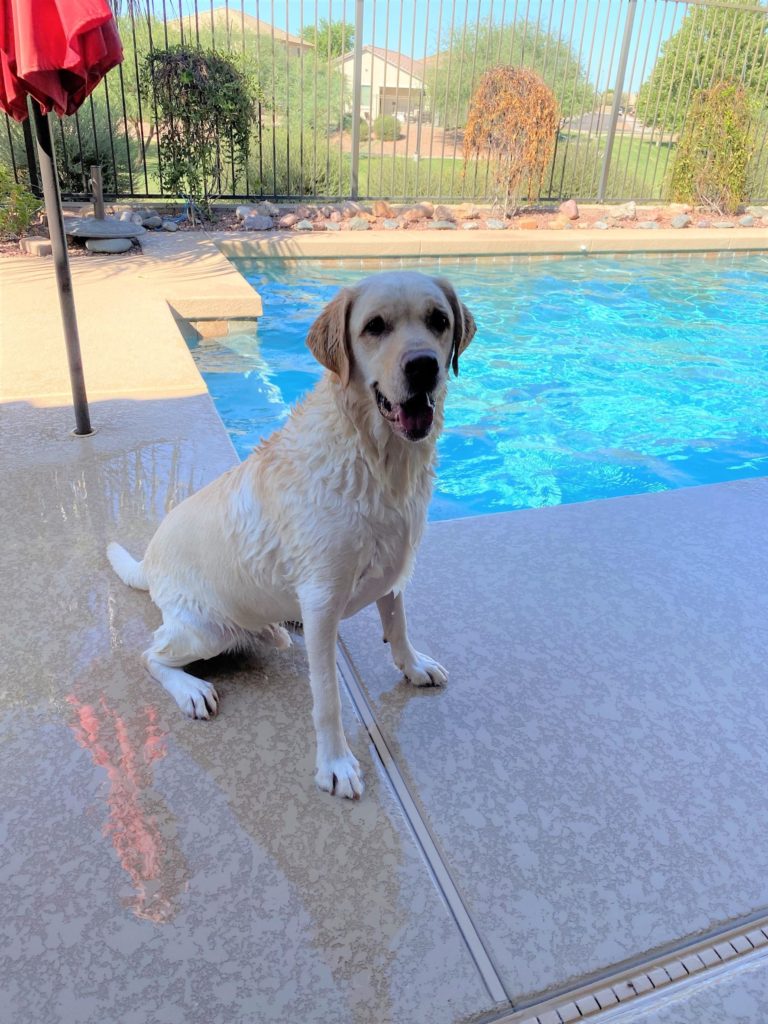What happens after VetStem Cell Therapy injections?
On last week’s VetStem blog, we shared what happens to your pet’s fat after it is collected for stem cell therapy. This week, we’ll go into some detail about what to expect after your pet receives their stem cell injections.
The standard VetStem process takes place in approximately 48 hours. On day 1, your veterinarian collects fat from your pet. On day 2, the fat is processed at the VetStem laboratory to extract and concentrate your pet’s stem cells. And on day 3, your pet receives their stem cell injections. But what happens after they are injected? Well, each veterinarian has different protocols. For instance, some pets may stay overnight for monitoring, while other pets may go home the same day. After that, your vet may recommend various rehabilitation exercises at home or back at the hospital, depending on what was treated.

Many owners want to know when they should expect to see results. While we can give basic expectations based on 20 years of experience, every pet is different, and some pets require longer or even additional treatments before they experience noticeable results. We generally say to wait for about 90 days after treatment. If there are no noticeable results after 90 days, this can be due to several reasons. We will usually recommend that your veterinarian do a full work up on your pet (if not already done) to make sure that there are no additional problems that may be inhibiting your pet’s healing. We also offer vet-to-vet consults with VetStem’s staff veterinarians to go over your pet’s case and help to determine if another round of stem cell doses may help.
Here are some statistics we have gathered over the years to help give you a better picture of how VetStem Cell Therapy has helped dogs and horses who were treated for orthopedic conditions:
Dog Stats:
Horse Stats:
As we discussed in last week’s blog, after sending the initial stem cell injections to your veterinarian, all of your pet’s additional stem cells are put into cryopreservation. This essentially means that the stem cell will be “asleep” in sub-zero temperatures and ready to “wake up” should your pet require an additional treatment. One of the many benefits of VetStem Cell Therapy is our ability to store and also grow more of your pet’s stem cells so that one fat collection procedure provides a lifetime supply of doses.


